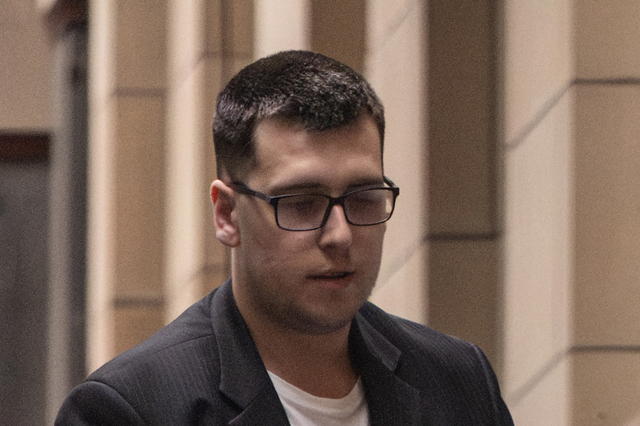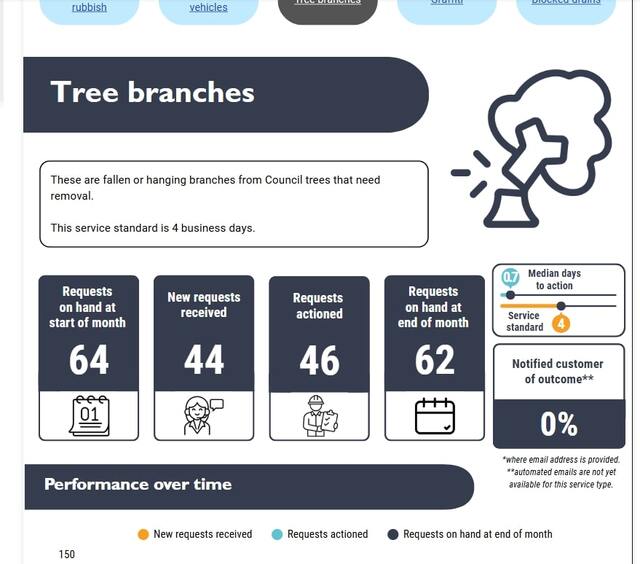Residents are warning that Casey’s southern towns will be under-represented compared to northern suburbs, as part of proposed council electoral reforms.
Casey Council’s electoral structure is currently under review by the State-appointed Electoral Representation Advisory Panel (ERAP), which held a public hearing on Tuesday 28 November.
The Local Government Act 2020 stipulates all metropolitan city councils must have single-councillor ward electoral structures. It also requires each ward must have an approximately equal number of voters per councillor.
Casey Council – which has been governed by administrators rather than councillors since 2020 – currently sits on six wards with a total of 11 councillors. The next councillor elections are scheduled for 2024.
In ERAP’s preliminary report, three models have been proposed for the number of councillors and wards.
Model One adopts an 11-ward structure, using major roads as boundaries.
Model Two also uses an 11 single-councillor structure, but it employs suburb boundaries to delineate wards.
Model Three has 12 single-councillor wards and applies mainly road and rail infrastructure as the dividing borders.
More than 30 residents and groups made public submissions, which have now closed.
More than 20 similar public submissions opted for Model Two, arguing that it would “best reflect communities of interest”. Many of them were nearly identical and submitted from the Greater Dandenong area.
In Model Two, the northern part of Berwick is in a ward with the semi-rural suburbs Narre Warren North and Harkaway, while the southern part has its own ward.
The submissions put emphasis on keeping Berwick intact, supporting the split of the suburb between the ‘old’ parts in the north and the newer estates in the south. They opposed the other two models where Berwick was divided into three wards.
Casey Residents and Ratepayers Association (CRRA) backed up Model Two, arguing an even number of councillors could result in deadlocks and internal fighting.
Most submissions for Model Three stated there was a need to distribute more councillors in Casey’s south.
Unlike Model One and Two that band the southern region together into one coastal ward, Model Three divides the southern region into two wards either side of South Gippsland Highway.
In support of Model Three, Pearcedale resident Graeme Phipps submitted the coastal area comprised nearly 40 per cent of Casey with different characteristics between the east and the west.
He stated that the east ward ‘Cranbourne Gardens’ would have more planned housing and industrial developments, which required careful attention to incorporate them into the natural landscape, while the west ward ‘Tooradin’ had significant environmental values.
“We do need two councillors and two wards down here [south]. This is the differentiating part,” he said during the submission hearing.
Former Casey councillor Steve Beardon submitted that Model Three represented the southern Casey better than Model One and Two.
He said it was very difficult down south because the wards were quite large and southern suburbs had already missed out on crucial investment like infrastructure and education.
“Casey is too big, and unless as a councillor you live down south, and experience the lack of facilities every day. How is it you are going to care?” he said.
“If we split down south into two, at least there is some chance of being able to stay in touch with people and understand what the issues are.
“The more councillors down south, the stronger the voice is, the more cooperation.”
Mr Beardon went further to stress the need to split Casey into two councils as most of the councillors were distributed in the north under the current and proposed models.
He said there should be four or five councillors at least representing the south.
“The northern suburbs are well established, and they are skilled in lobbying,” he said.
“A Cranbourne stand-alone council would be better positioned to address the problems and needs in the area.”
The need for two separate councils – which was the case before Cranbourne and Berwick councils were merged to form Casey – has been highlighted in other submissions.
Narre Warren resident Stephan Matulec submitted that there were too many people for 11 councillors to represent them.
“Some of the proposed wards in proposed Model One and Two have almost 25,000 electors per councillor, which is more than half the elections of a state district in state elections,” he said.
“I do believe that Casey needs to be split into two separate councils ideally so that the council population will be more in line with other councils.”
Other submissions pointed out that the new electoral structure needed to take into account the growing population, tied vote issues, and community interests.
Mr Beardon believed Model Two would place the new council wards fully within the state electorate of Berwick, currently held by the Liberals.
“When you run for council or any election, it doesn’t matter where the suburb boundaries are. An issue doesn’t stop at a boundary,” he said.
“Berwick as a suburb would be disadvantaged by a single ward and one councillor only covering the entire suburb.
“Three wards covering Berwick would give more varied representation and stronger representation.”
Casey Council has supported Model Three but requested the ERAP consider the alternative names for the proposed wards.
A final report detailing the recommendation will be submitted to the Minister for Local Government on Wednesday 24 January 2024.






